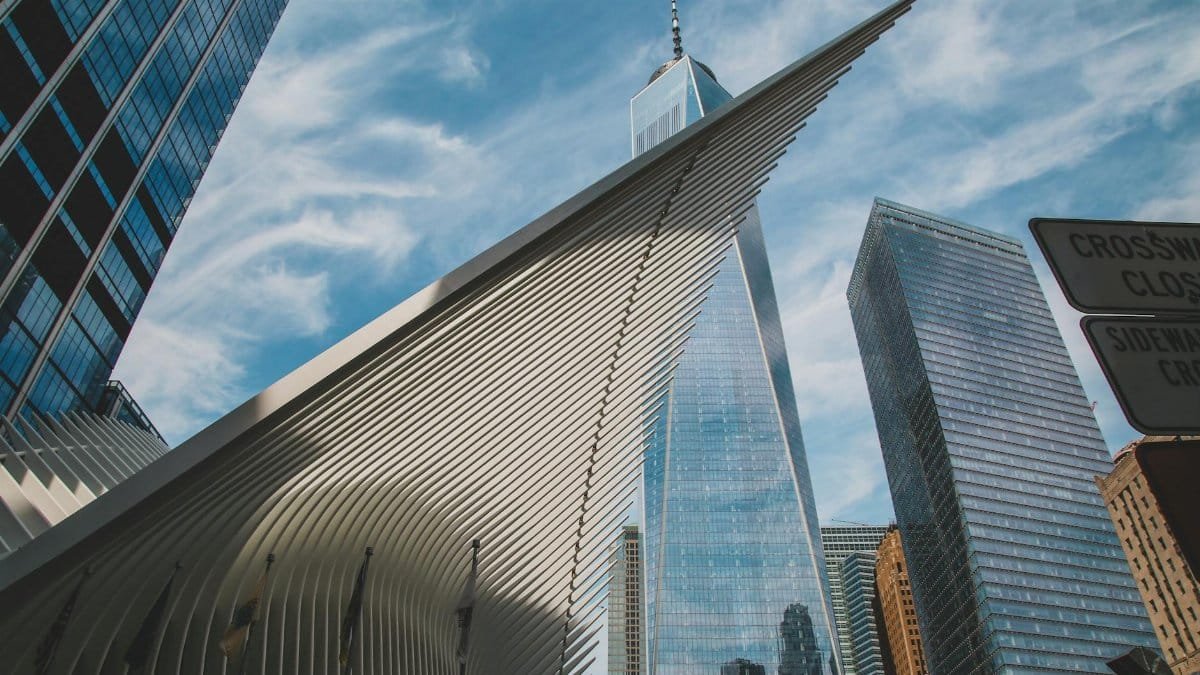In a city that never sleeps, New Yorkers are increasingly turning to ancient wisdom for relief. New data shows 40% of urban professionals in the Big Apple report using holistic practices like ayurveda, new york city wellness, reduce stress to combat daily pressures, according to a recent survey by the American Psychological Association. This surge highlights a shift toward natural methods amid rising burnout rates. As fast-paced life takes its toll, residents are discovering Ayurveda’s personalized approaches, from herbal remedies to mindful routines, offering a counterbalance to modern chaos. But does this trend hold real promise, or is it just another wellness fad?
What Is Ayurveda and Why NYC Loves It

Ayurveda, an ancient Indian system of medicine, focuses on balancing body, mind, and spirit through diet, herbs, and lifestyle changes. In New York City, where stress levels soar due to relentless schedules and high-stakes jobs, this holistic approach resonates deeply. Locals are drawn to its emphasis on prevention rather than cure, tailoring practices to individual constitutions known as doshas: vata, pitta, and kapha. For instance, a high-energy executive might use calming oils to ground vata imbalances. Centers like The Ayurveda Experience in Manhattan report booming class attendance, as urbanites seek sustainable ways to unwind without relying solely on quick fixes like caffeine or apps.
Key Ayurvedic Practices for Stress Reduction
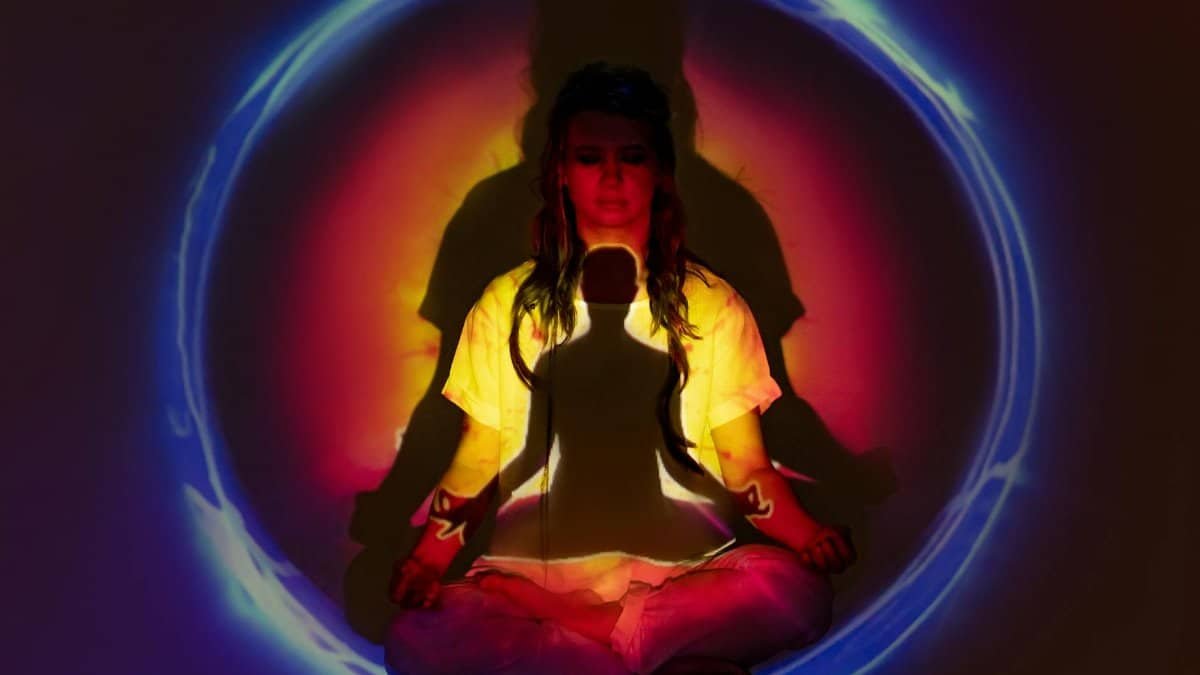
Simple daily rituals form the core of ayurveda, new york city wellness, reduce stress strategies. Abhyanga, or self-massage with warm oils, promotes relaxation and better sleep. Pranayama breathing exercises help regulate the nervous system, easing anxiety in just minutes. Herbal teas with ashwagandha or tulsi adapt to stress by supporting adrenal health. NYC spas like Pratima Skincare integrate these into treatments, making them accessible for busy professionals. Experts note that consistency is key; even 10 minutes a day can lower cortisol levels, backed by studies showing reduced stress markers in practitioners.
The Rise of Ayurvedic Centers in New York

New York City’s wellness scene has exploded with Ayurvedic hubs. Places like the Ayurvedic Institute’s pop-up events and dedicated spots in Brooklyn offer consultations and workshops. Demand spiked post-pandemic, with many seeking immunity boosts and mental clarity. A report from the National Center for Biotechnology Information highlights Ayurveda’s role in stress management through integrative therapies. Urban yogis combine it with yoga, creating hybrid sessions that attract diverse crowds, from Wall Street bankers to artists in Williamsburg.
Personal Stories from NYC Residents

Take Maria Lopez, a 35-year-old marketing director in Midtown. Overwhelmed by deadlines, she started Ayurvedic routines and noticed sharper focus within weeks. “It changed how I handle pressure,” she says. Similarly, tech entrepreneur Raj Patel credits dinacharya, a daily routine aligning with natural cycles, for his improved productivity. These anecdotes reflect a broader trend: a 2023 poll by Wellness Magazine found 65% of New Yorkers experimenting with alternative therapies report better stress handling. Such stories underscore Ayurveda’s practical appeal in a high-octane environment.
Scientific Backing for Ayurvedic Stress Relief

While rooted in tradition, Ayurveda gains credibility from modern research. Studies link herbs like ashwagandha to lower anxiety scores, as detailed in a review by the National Institutes of Health. Clinical trials show meditation and oil therapies reduce inflammation tied to chronic stress. In NYC, hospitals like Mount Sinai incorporate complementary practices, blending Eastern wisdom with Western medicine. Critics argue more rigorous trials are needed, but preliminary data suggests real benefits for urban stress, encouraging skeptics to explore evidence-based applications.
Challenges in Adopting Ayurveda in a Fast-Paced City

Not everything is seamless. Sourcing authentic herbs in NYC can be tricky, with counterfeit products flooding markets. Time constraints make elaborate rituals tough for nine-to-fivers. Experts recommend starting small, like tongue scraping or herbal infusions, to build habits. Cost is another hurdle; consultations average $150, though community classes keep it affordable. Despite these, enthusiasts argue the long-term gains in mental health outweigh initial barriers, fostering resilience against the city’s relentless grind.
Integrating Ayurveda with Modern NYC Lifestyle
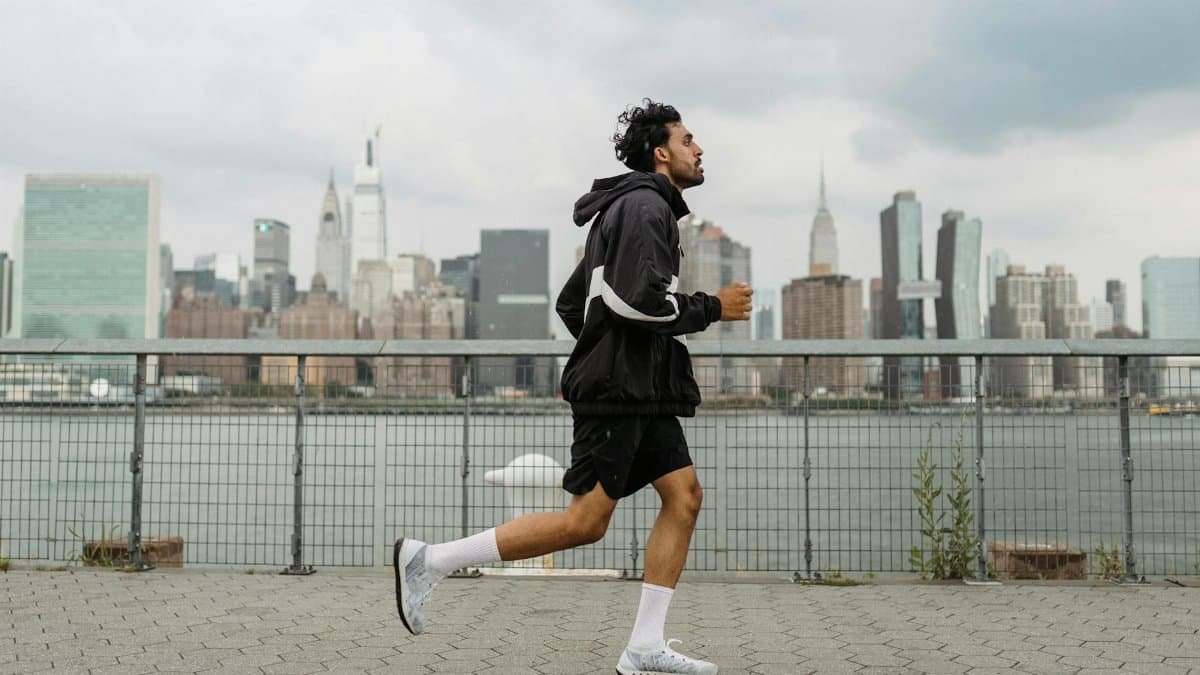
Blending ancient practices with contemporary life is key for success. Apps like Insight Timer offer guided Ayurvedic meditations tailored for commutes. Cafes in SoHo serve dosha-balancing smoothies, merging convenience with tradition. Fitness studios fuse Ayurveda with HIIT, creating stress-busting workouts. This fusion appeals to millennials, who prioritize wellness tech. As 2025 approaches, experts predict even more integration, with corporate wellness programs adopting these methods to boost employee retention and morale.
Expert Tips for Getting Started
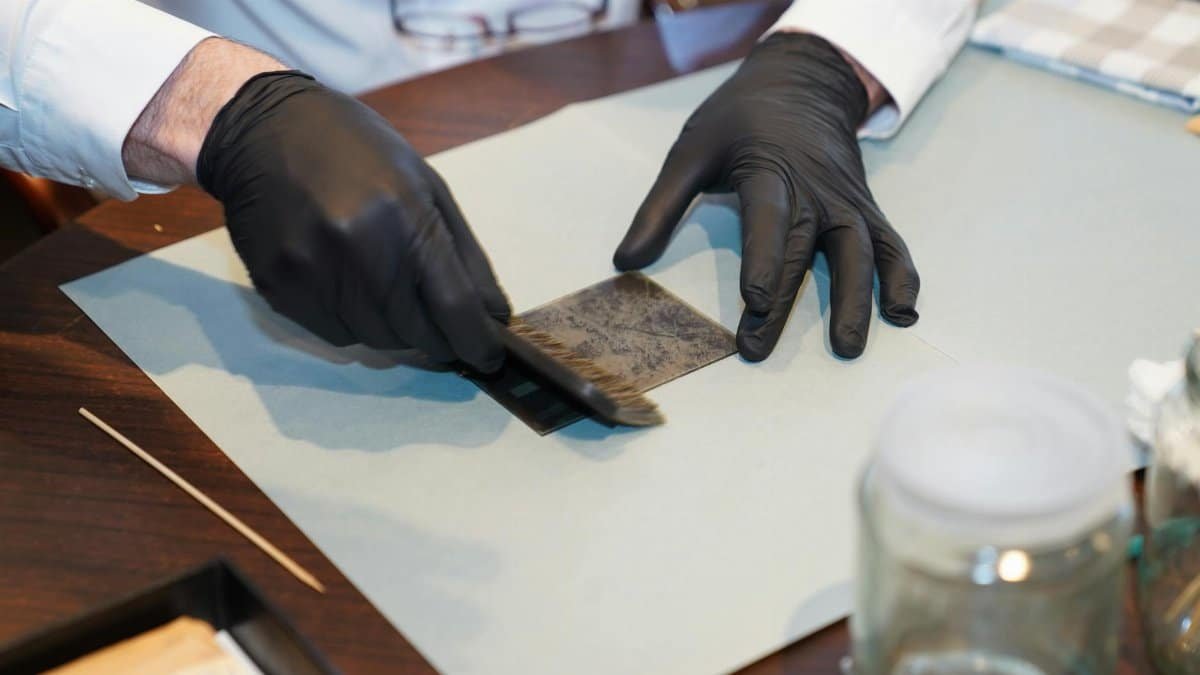
Begin with a self-assessment to identify your dosha via online quizzes from reputable sources. Incorporate oil pulling for oral health and stress relief. Consult certified practitioners through the National Ayurvedic Medical Association for personalized plans. Track progress in a journal to note mood improvements. Remember, ayurveda, new york city wellness, reduce stress isn’t about perfection but balance. Small, consistent steps lead to lasting change, helping New Yorkers navigate urban chaos with greater ease.
The Broader Impact on Urban Wellness
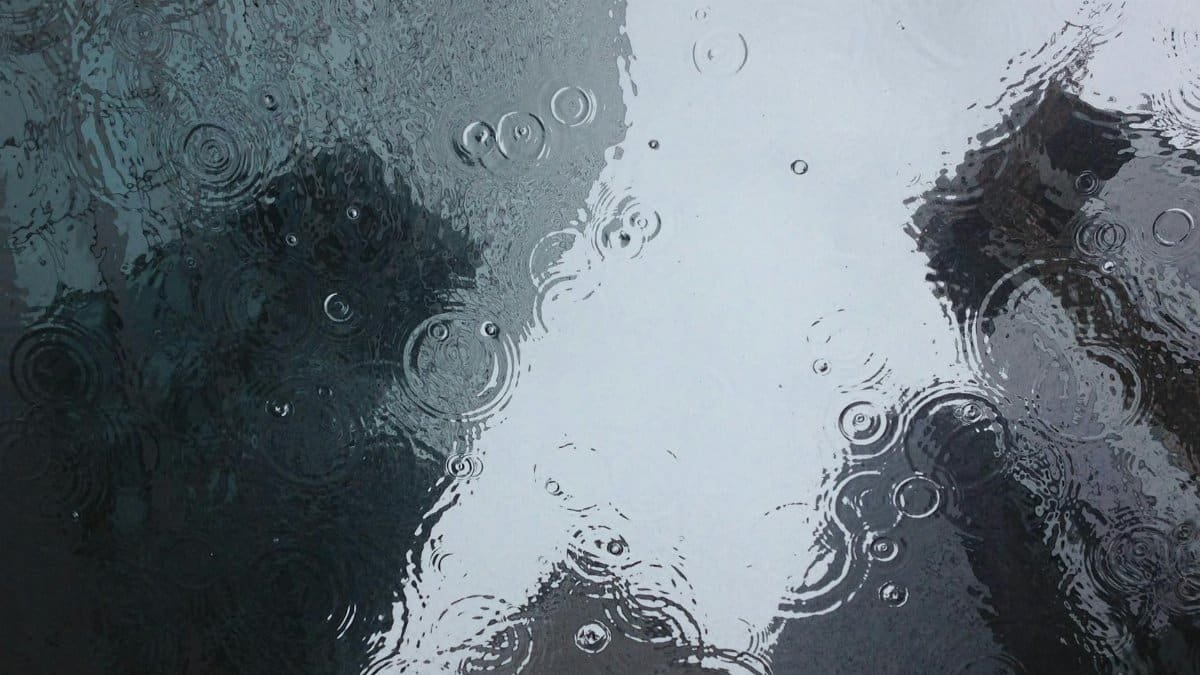
Ayurveda’s popularity signals a cultural shift toward holistic health in cities like New York. It challenges the pill-popping mentality, promoting self-awareness and natural remedies. Community events foster connections, reducing isolation amid bustling streets. Public health advocates see potential in addressing epidemic stress levels, potentially lowering healthcare costs. As more residents embrace it, Ayurveda could redefine wellness standards, proving ancient tools remain relevant in modern metropolises.
